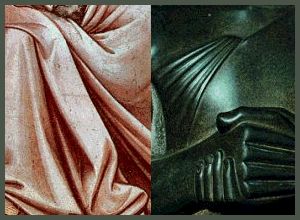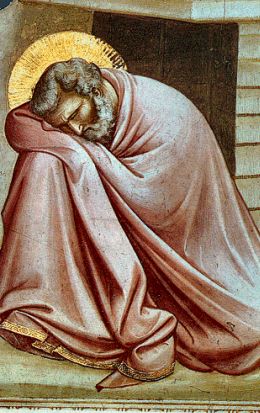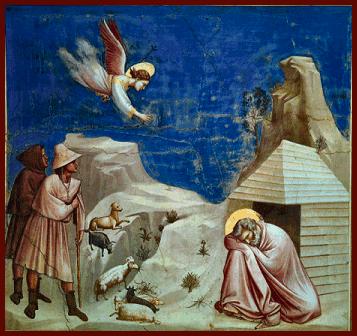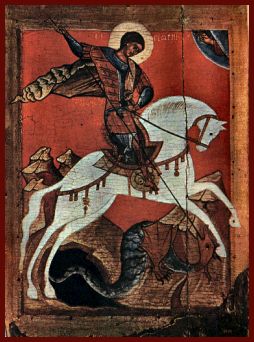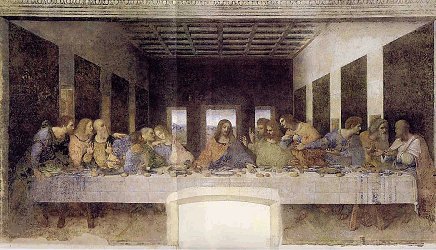| |
It
is important to remember that: The language of art is not
a scientifically accurate language. The language of art is based upon
the application of tendencies and as such creates more variety of interpretation
between people than absolute agreement between people.
The purpose of this section is to introduce you to the idea that you
are learning an artistic language that has continued to evolve over
thousands of years. You are not learning something new. You are part
of a great tradition.
Just as the english language has absorbed words that date back thousands
of years the artistic language has shapes forms and styles that go back
thousands of years.
Remnants of the pre-classical style were incorporated into the classical
style. For example the principle of form clarity had to be incorporated.
All forms had to be clear there could be no confusion on the part of
the viewer. Therefore light, colour and shadow had to define form and
not obscure form. This maintained the tactile (touch - run your imaginary
finger over the shapes) quality of pre-classical painting.
Thus the movement from pre-classical to classical was more of a qualitative
difference than a quantative difference.
The neutralized lighting system with no extreme lights or darks was
also carried over. The use of planes (flatness) from the pre-classical
style had to be incorporated.
The new use of perspective
meant that all objects in a painting were subordinated to the rules
of perspective much like the one god theory that was being introduced
at the time.
These ideas merged in Leonardo's
"Last Supper". To our modern eyes the group of figures resemble
a paper cutout like pattern characteristic of the pre-classical style.
Foreground; table legs; table cloth and thirteen figures
form a continuous plane set against center point perspective to create
virtual space recession. More naturalistic shading has also been developed
to enhance the illusion of reality.
The compositonal concept of orchestrating all the elements of a painting
into a unified whole was going to dominate art for at least five centuries.
How it was to be implemented and the variations it produced was to result
in countless battles between artists.
The Baroque Style of the 17th century would create another competing
vision of the world but, that is explored in another section of this
essay.
|
|
